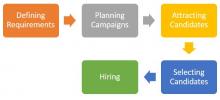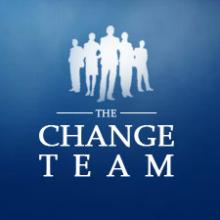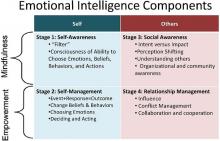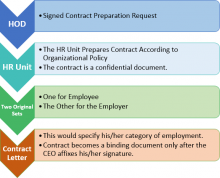360 feedback/multi rater feedback is the assessment of employees by supervisors, subordinates, peers, and in some cases customers.
Human Resource
Human Resource Management
Human resources are the people who make up the workforce of an organization, business sector, or economy. "Human capital" is sometimes used synonymously with "human resources", although human capital typically refers to a more narrow view. A human-resources department (HR department) of an organization performs human resource management, overseeing various aspects of employment, such as compliance with labour law and employment standards, administration of employee benefits, and some aspects of recruitment and dismissal. HR Sets a stage for an open environment in an Organisation. It is bridge between employees and senior management.





